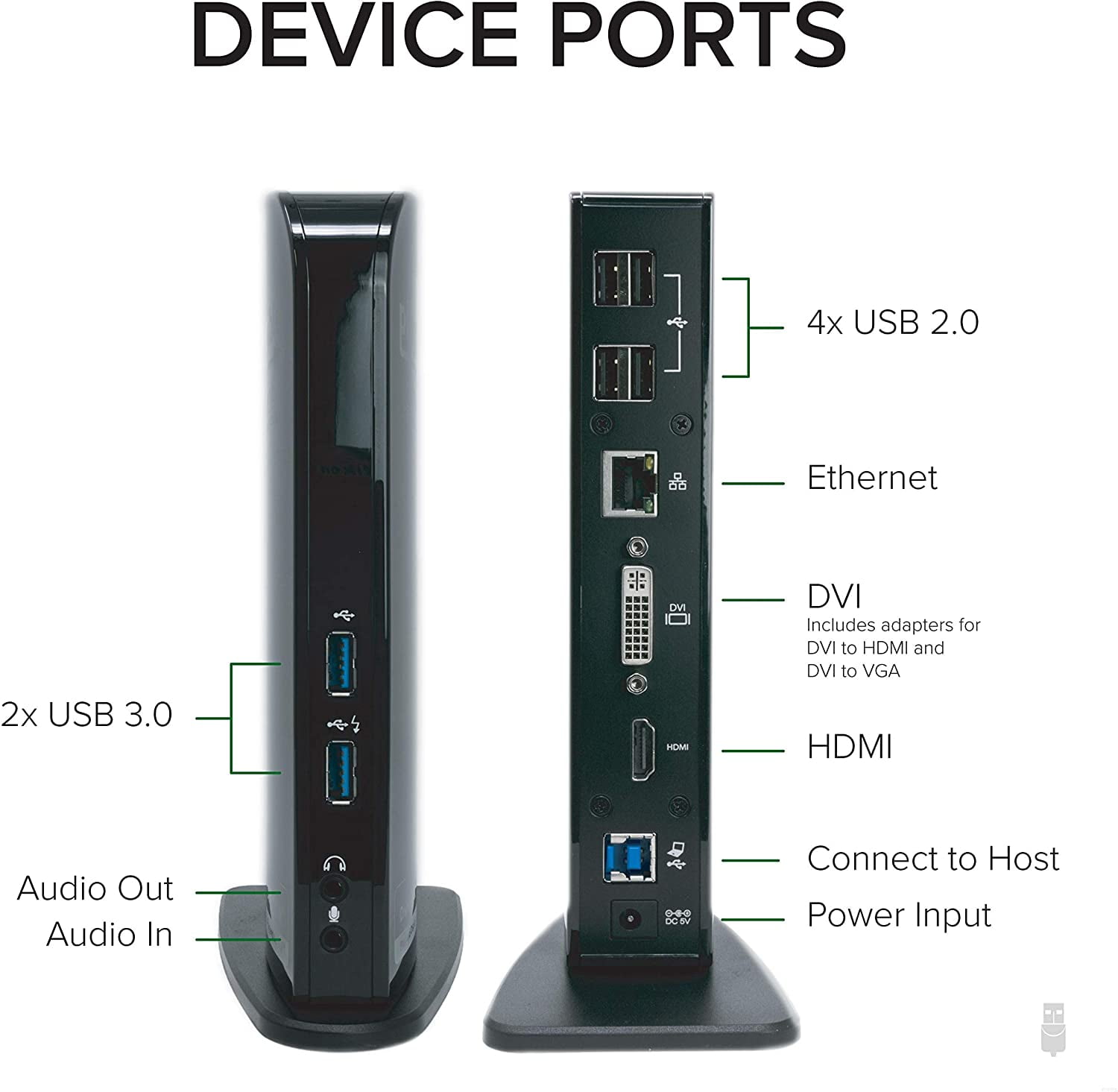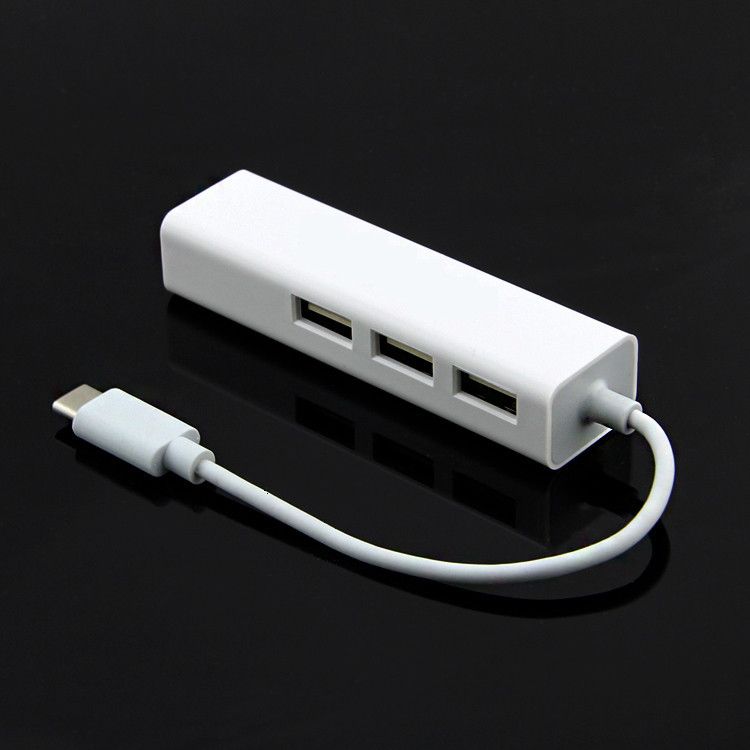

In some instances, the monitor that you are using may not be able to provide enough power to handle all of your accessories and peripherals that are plugged in. After ensuring that the connection is stable, you can follow the steps above to switch back to the standard “Using DHCP” selection in the drop-down menu. Once the correct IP address has been entered, your MacBook Pro M1 should be connected to the internet. Click the drop-down box next to Configure IPv4.However, some users have found that by switching to using DHCP with a manual IP address has fixed the issue. By default, Ethernet connections on the Mac make use of DHCP with automatic IP address populating.

Configure IPv4Īnother method, albeit slightly more complicated, is to configure the IPv4 of your Ethernet connection. You’ll want to do so in order to make sure that you won’t run into issues again after either restarting your Mac, or unplugging it from your monitor later on.

Open System Preferences and navigate back to the Network section.Click the – button at the bottom of the sidebar to remove it.Select the non-working network connection in the sidebar.Click Network at the bottom of the page.Open the System Preferences app on your Mac.Here’s how you can do so from your MacBook Pro: This isn’t the same as just plugging and unplugging the Ethernet jack from the monitor or your Mac. The simplest way to try and remedy your MacBook Pro M1 not detecting Ethernet is to remove the connection, and then manually add the Ethernet connection using System Preferences. Manually Remove and Add The Ethernet Connection Luckily, there are a few different steps that you can take before needing to reach out to the maker of your monitor or Apple. However, for one reason or another, it seems that the M1 MacBook Pro models are not exactly playing well together with these monitors when the Ethernet is connected. There are even some USB-C monitors that include a built-in Ethernet port, along with USB-A and audio. Manually Remove and Add The Ethernet Connection.


 0 kommentar(er)
0 kommentar(er)
